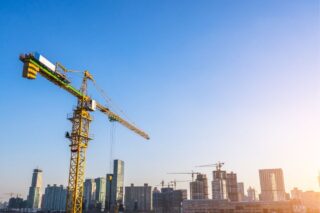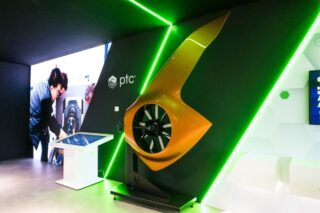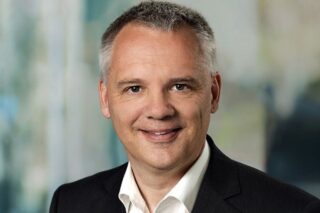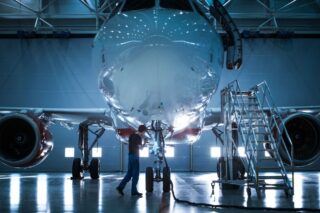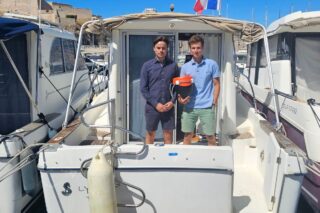Toyota is betting on hydrogen for future mobility solutions. As the official mobility partner for the Olympics and upcoming Paralympics, the company has committed to providing eco-friendly vehicles that align with the goal of making these Games the most sustainable in history. For transporting goods, they have introduced hydrogen-powered forklifts, and for moving people, hydrogen-powered bicycles. Looking ahead, the company plans to offer mobile hydrogen recharge cartridges. We followed Benoît Meunier, Manager of Product Management in France for Toyota Material Handling, during the Paris 2024 Olympics.
Both electric vehicles (EVs) and hydrogen vehicles (HVs) offer promising alternatives to traditional combustion engines, each with its unique strengths.
As the official partner of the 2024 Olympics, Toyota Material Handling, responsible for goods handling, has introduced two types of zero-emission handling equipment to the IOC: one powered by lithium batteries and the other by hydrogen fuel cells.
READ ALSO
EVs are widely adopted because of their well-established technology. They emit no direct pollution and can be recharged at home or public charging stations.
HVs, on the other hand, provide greater range and fast refueling, similar to gasoline vehicles.
However, EVs are limited by battery range, requiring frequent recharges. Even though recharge times are constantly improving, they still take longer than refueling a gas tank, which can be costly in industrial settings. This is where hydrogen comes into play.
According to Benoît Meunier, hydrogen offers the best of both worlds—electric and diesel.
“Electric forklifts emit no emissions, making them a clean way to transport goods. However, they can’t work continuously due to recharge times. Diesel emits but allows continuous use since it can be refueled in three minutes. Hydrogen, when produced cleanly, emits no gases and enables continuous operation.”
We joined Benoît near the Eiffel Tower during the Paris 2024 Olympics, where he showcased Toyota’s hydrogen-powered bicycles and introduced an innovation that could address the infrastructure challenges associated with hydrogen refueling stations.
Watch our video report
How to Refuel a Hydrogen Bicycle?
Benoît demonstrated how simple it is to refuel a hydrogen-powered bicycle, which combines electric power with hydrogen fuel. First, you need to go to a refueling station, which looks like a large electrical cabinet
“There’s a fuel cell system inside the bike, and it’s quite small since a bicycle doesn’t need much energy. Refueling the bike is straightforward: you just attach the nozzle, press a button, and within a minute, the bike’s hydrogen tank is full.”
The refueling process happens in stages, starting quickly and then slowing down as the temperature increases.
“The more you compress a gas, the hotter it gets. You must ensure it doesn’t ignite or explode.”
The system is the same for a forklift, though the nozzles differ, and the pressure is 350 bars. Instead of taking 30 seconds to a minute like with the bike, refueling a hydrogen forklift can take up to three minutes.
Mobile Cartridges
Hydrogen is a promising alternative for industrial applications. However, HVs still face significant challenges that hinder their widespread adoption, primarily due to the limited availability of refueling stations.
The main obstacle to the broader deployment of hydrogen vehicles is infrastructure. Hydrogen refueling stations are necessary, but the current network is very limited. For example, the Toyota forklifts for the Olympics and upcoming Paralympics are deployed near only two hydrogen refueling stations located at the Golf National and the Champ de Mars. Out of the 250 vehicles used during the Games, only five hydrogen forklifts were deployed.
But Toyota is working on a solution. To overcome this infrastructure challenge, the Japanese company has developed mobile cartridges that allow vehicles, bicycles, or forklifts to be refueled with hydrogen, regardless of location. The system is relatively simple: hydrogen is stored in the center of the cartridge, located in the vehicle and a system manages the pressure to refuel the vehicle.
“Instead of having a fixed tank and station, you can have mobile cartridges. As you can see here, there’s a system on wheels where each cartridge can be used to power different products with hydrogen. Here, it’s a cargo bike system with a fridge. Your hydrogen cartridge generates electricity wherever you need it. You can use it almost anywhere, without infrastructure, because that’s the key. Earlier, you saw we need infrastructure, but here, you don’t. All you need is the cartridge to refuel a vehicle or anything else.”
For a bicycle, three cartridges are needed. However, for a forklift, many more would be required.
This innovation is part of the Woven City project, a futuristic city being developed by Toyota two hours from Tokyo. This metropolis aims to create a space where mobility is smart and sustainable. The hydrogen cartridges will be tested there.





